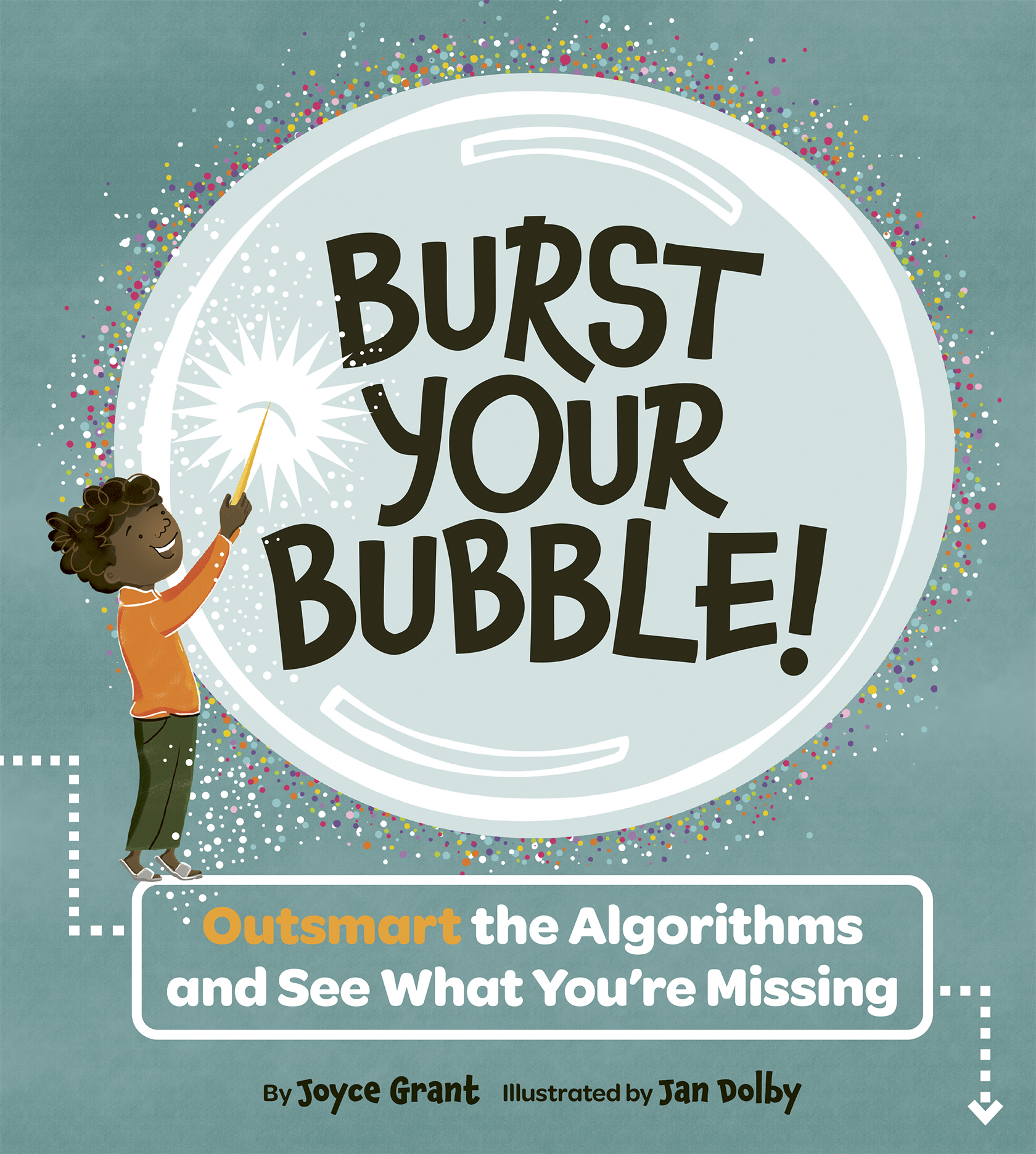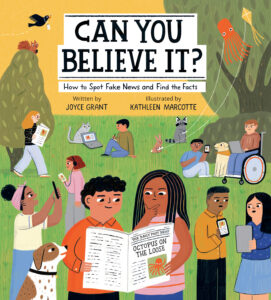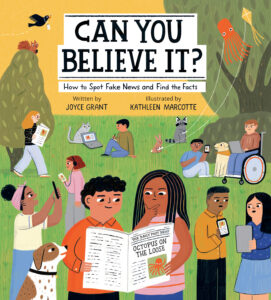Imagine climbing all the way to the top of Mount Everest—the tallest mountain in the world—and when you get there, the summit is littered with garbage.
Over the years, exhausted climbers have left things like empty oxygen tanks, tent poles and food containers at the summit.
There are even parts from a helicopter that crashed on the mountain in 1974.
Experts say there are about 50 tons of garbage on the mountain.








